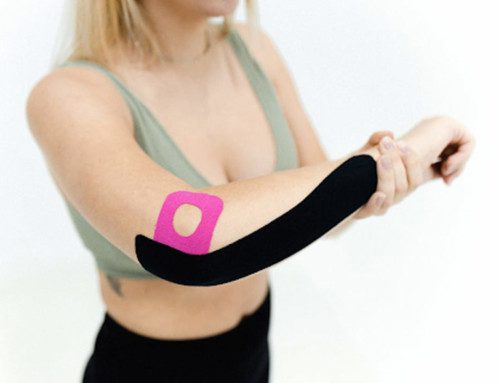Given the nature of the contact sport, many players sustain injuries during soccer. Research on the NCAA soccer players showed that most injuries occurred at the very start of the season, likely due to a quick increase in performance intensity, with end-of-season injuries as a probable result of fatigue.
It's not just professional soccer players who partake in the game, though; plenty of people enjoy the popular sport recreationally. These "weekend warriors" will typically play soccer one to two times a week and are at an increased risk for injury due to fitness levels and strength deficits.
Common Soccer Injuries
The NCAA's research found that concussions and injuries in the lower limbs and torso and pelvis are some of the most common soccer-related pains that players face. Concussions often occur when players' heads collide with the ball, ground, or other soccer players. Lower leg injuries typically take place in the hips, knees, and ankles, as well as issues in the muscles, tendons, and ligaments of the lower body.
Preventing Soccer Injuries
Contact injuries are challenging to prevent as they are mostly situational, but there are other safety precautions you can take to stay pain-free during soccer. Since many soccer injuries are a result of fatigue, rest and hydration are key. Casual soccer players should limit their playing time to what their body is capable of. Staying for a second or third game on a Sunday may sound fun at the time, but could open you up to an increased risk of injury. Overtraining is also a common way to get tendon or muscle strains, so be sure not to overdo it by listening to your body.
Building muscle strength and endurance will also help you prevent soccer injuries. The two tie together as strengthening is an important part of increasing your tolerance for exercise. You should target the lower body and core during strength training, as those are the most frequently injured body parts during the sport. Some good exercises to try include, but are not limited to; lunges, squats, heel raises, leg raises on your side and bridges.
If you experience pain while playing soccer, you should consult with a physical therapist. The professionals at SetPT can not only determine the source of your discomfort but help you come up with a strengthening regimen that will reduce risk of injury and improve overall sports performance. Contact us today to set up a movement assessment!





